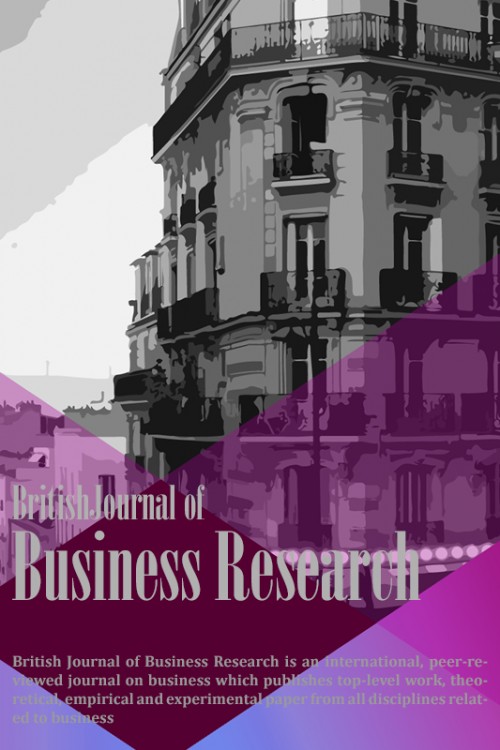
The methodology of the relationship between cultural strategic management with the seven components of investment and innovation economics: Based on the theory of Davenport
Abstract
The purpose of this study was to determine the relationship between cultural strategic management with the seven components of innovation economics based on the theory of Davenport. The research is applied in terms of purpose and terms of data type is quantitative. The statistical population consisted of all the experts and professors in the field of cultural management and economic sciences of the universities of Tehran. 34 members of the community were chosen as a sample of the research purposefully. In the present study, the library and field method has been used to collect information. The data collection method was a researcher-made questionnaire. For determining the validity of the questionnaire, formal validity, content, and structure have been used. To measure the reliability of the instruments, the questionnaire after the distribution of the test was measured through Cronbach's alpha, which was 0.83. After assuring the normality of the data, Pearson's correlation coefficient was answered to the research questions. The results of the research show that the content-based organizing component with a coefficient of 0.86 has the highest correlation with strategic cultural management. Then, the component of many choices is 0.80, the maximum outsourcing is 0.79, the market infrastructure is 0.74, the focus is on intangible resources with a coefficient of 0.70, increasing synergy with a coefficient of 0.69, and the provision of alternative services based on customer needs with a coefficient of 0.67.
Keywords: Strategic Cultural Management, Innovation Economy, Davenport